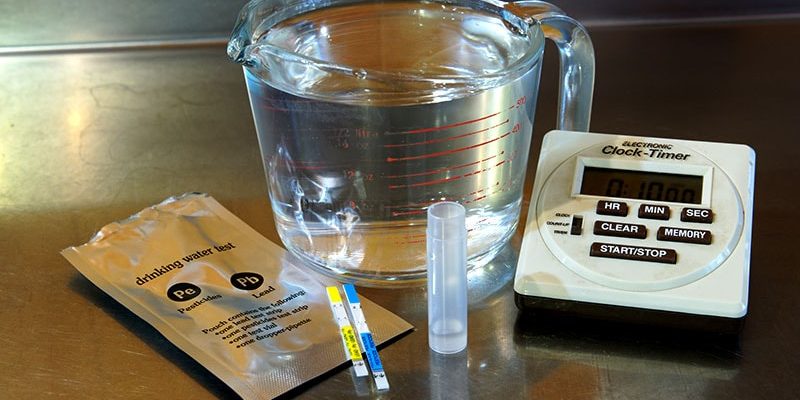The study covered in this summary was published in medRxiv as a preprint and has not yet been peer reviewed.
Key Takeaways
-
Blood concentrations of the heavy metals lead (Pb), cadmium (Cd), and mercury (Hg) are differentially associated with women’s infertility and long-term amenorrhea.
-
The findings “highlight the threat of heavy metal exposure on women’s reproductive health and fertility as well as an urgent, unmet need to prevent and reduce heavy metal exposure.”
Why This Matters
-
Infertility in women has been attributed to both genetic factors and exposure to reproductive toxicants.
-
Cd, Pb, and Hg are three primary heavy metals listed by the World Health Organization (WHO) as among the top 10 toxicants of major public health concern.
-
Women’s reproductive health is vulnerable to environmental toxins, particularly endocrine-disrupting chemicals that interfere with the body’s normal hormone synthesis, secretion, and signaling.
-
Growing epidemiological and experimental evidence links heavy metals with endocrine-disrupting properties, suggesting a possible causal relationship with women’s infertility and other reproductive disorders.
-
Most previous studies have had small sample sizes and have focused on a single metal.
Study Design
-
Data were analyzed for women of reproductive age who participated in the 2013-2018 National Health and Nutrition Examination Survey (NHANES) and had blood heavy metals data, including 1999 patients for the comparison of ever-infertile (238 patients) versus fertile (1761 patients) and 297 patients for the comparison of ever-infertile (238 patients) versus pregnant (59 patients).
-
Multiple logistic regression models were used to examine the associations.
Key Results
-
After full adjustment including for demographic characteristics and lifestyle factors, there was a positive association between Pb concentrations and women’s ever-infertility: as blood Pb concentrations increased, women were more likely to be ever-infertile (odds ratio [OR], 1.75) versus fertile and ever-infertile (OR, 3.09) versus pregnant.
-
No differences were seen for Cd and Hg concentrations.
-
For the analysis of ever-infertile versus pregnant, blood concentrations of Pb in quartiles 3 and 4 were significantly associated with women’s historical infertility (OR, 3.47 and 5.26, respectively), with a dose-dependent relationship seen from quartiles 2 to 4.
-
No significant associations between blood concentrations of Pb or Hg and women’s long-term amenorrhea were identified, but there was a negative association between blood Cd concentrations in quartiles 2 and 3 and women’s long-term amenorrhea (OR, 0.47 and 0.31, respectively).
-
No significant associations were found for blood concentrations of the mixture of all three heavy metals and long-term amenorrhea.
Limitations
-
Cross-sectional study, cannot confirm causation, prone to survival bias.
-
No information on conditions leading to fertility such as endometriosis.
-
Self-reported reproductive health information, imprecision of definitions.
-
Male infertility factors not considered.
-
Single blood measure of heavy metals.
Disclosures
-
Study funding: National Institutes of Health (NIH).
-
Author disclosures: NIH, one author received start-up funds from the Environmental and Occupational Health Sciences Institute at Rutgers University.
This is a summary of a preprint research study, “Associations between exposure to single cadmium, lead, mercury and mixtures and women’s infertility and long-term amenorrhea,” by Maria McClam, Department of Environmental Health Sciences, Arnold School of Public Health, University of South Carolina, Columbia, and colleagues, provided to you by Medscape. The study has not yet been peer-reviewed.
Source: Read Full Article
